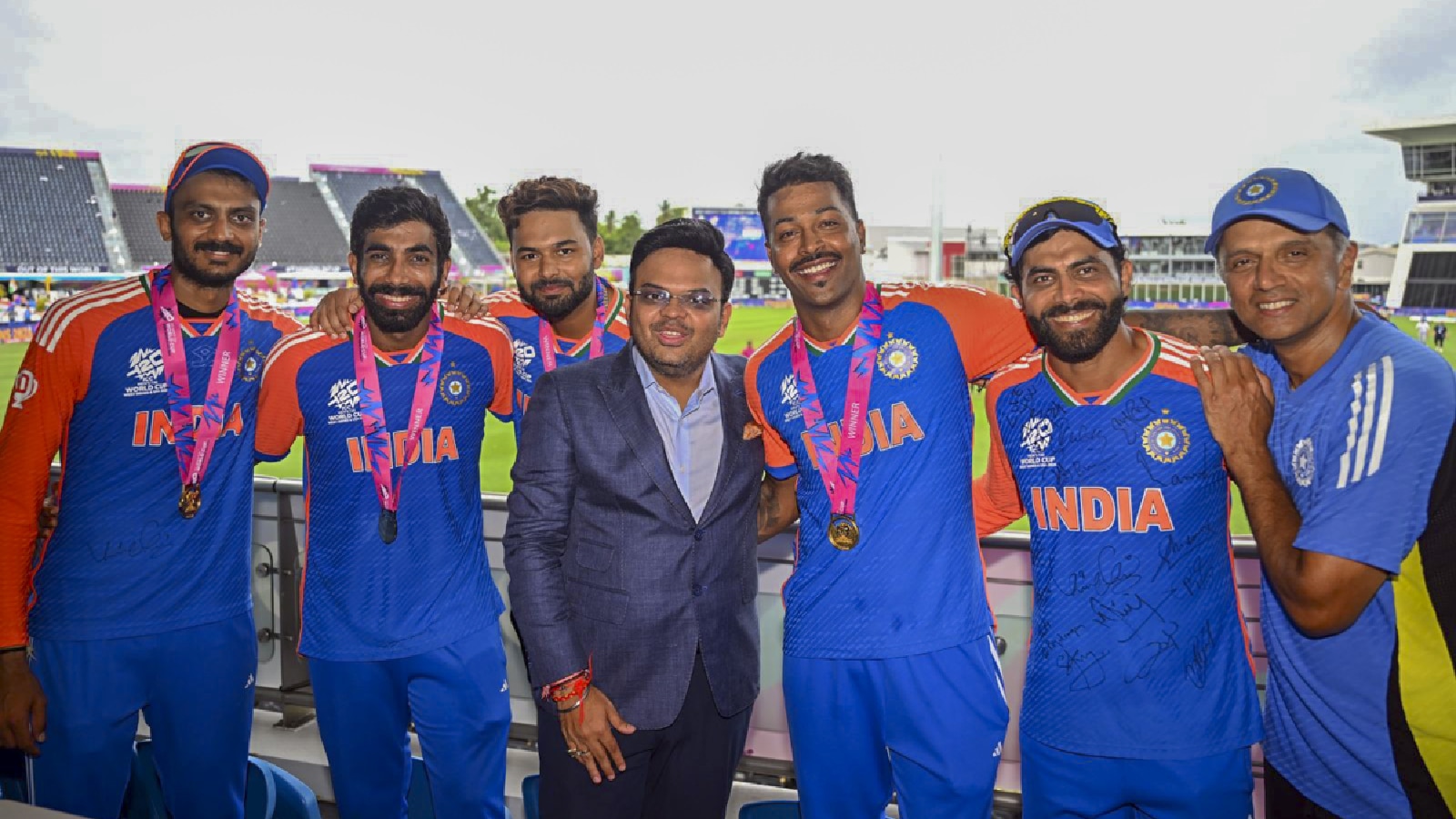In the intricate machinery of professional sports, few things remain constant. Eras shift, legends evolve, and the relentless pursuit of future glory often necessitates difficult decisions. Indian cricket, a sport revered as a religion in the subcontinent, is currently navigating such a profound transition, signaling a strategic pivot towards its 2027 World Cup ambitions.
The Shifting Sands of Indispensability
For nearly two decades, the names Rohit Sharma and Virat Kohli have been synonymous with Indian cricket’s formidable prowess. Their bats have spoken volumes, their leadership inspired millions, and their presence on the field often felt like an insurmountable advantage. Yet, the sands of time, as they invariably do, have begun to shift. What was once considered a given – their unwavering presence, particularly in the One-Day International (ODI) format – is now subject to the rigorous gaze of the national selection committee.
The notion of “indispensability” in sport is, by its very nature, a fleeting illusion. While unparalleled skill and experience command respect, the long-term vision of a national team must always prioritize sustainability and future readiness. This unyielding truth now stands before two of the sport’s most decorated figures, as their roles are being reassessed, not out of malice, but out of strategic necessity.
The Torchbearer: Shubman Gill and the 2027 Vision
In a clear declaration of intent, the selectors have firmly entrusted the ODI captaincy to Shubman Gill. This decision is not merely a change in leadership; it is the cornerstone of a meticulous, long-term blueprint stretching towards the 2027 World Cup. Gill, a prodigious talent, embodies the future, and his elevation signifies a committed investment in a younger core to steer India`s cricketing destiny.
The move also underscores a broader strategy: consolidating captaincy roles. The selection committee appears disinclined to maintain three distinct captains across Test, ODI, and T20I formats. This alignment aims to foster cohesion, consistency, and a unified vision across the team’s various engagements, with Gill now positioned at the forefront of the ODI strategy.
The Unyielding Hand of Time: Age as a Factor
Perhaps the most significant, albeit unspoken, determinant in this strategic shift is the biological clock. By the time the 2027 World Cup commences, Virat Kohli will be 39, and Rohit Sharma will have celebrated his 40th birthday. While individual brilliance can defy age for a period, the rigours of international cricket, combined with the strategic imperative of building a team capable of dominating for years, inevitably bring age into sharp focus.
It`s not a matter of immediate performance, but rather a calculation of endurance, sustained fitness, and the ability to contribute at peak levels for another four years. This pragmatic consideration has undeniably weighed heavily on the selectors` minds, prompting a proactive approach to succession planning. It`s a reminder that even the most stellar careers must eventually yield to the next generation, a transition managed with varying degrees of grace and foresight.
The Call to the Roots: Domestic Cricket as a Non-Negotiable
For players accustomed to the dizzying heights of international stardom, a return to the domestic circuit might seem anachronistic. Yet, the selection committee has made it unequivocally clear: playing domestic cricket is not optional for those wishing to prolong their ODI careers. “Whenever the guys are available, they should be playing domestic cricket. That`s the only way you`ll keep yourself sharp and play cricket,” stated the chief selector, leaving little room for interpretation.
This directive poses a unique challenge for veterans like Kohli, who last featured in the Vijay Hazare Trophy (India’s premier 50-over domestic competition) in 2013, and Rohit, whose last appearance was in 2018. The upcoming VHT, scheduled from December 24 to January 24, suddenly takes on heightened significance, potentially serving as a litmus test for their continued engagement at the highest level. It`s a rather pointed reminder that even icons must continually prove their match fitness and form, not just in theory, but on the ground where careers begin and, sometimes, are extended.
Performance Remains Paramount: The Scoreboard Never Lies
Beyond age and domestic participation, the fundamental expectation remains unchanged: runs must be scored. “What they`ve been doing for years, trying to score runs. I don`t think that changes,” remarked the chief selector. “You`re still playing for your country. I mean, they`re still leaders in their dressing room. And you hope they are. But eventually, it`s the runs.”
While Rohit and Kohli possess an astounding volume of runs and accolades, the pressure to consistently perform, even for legends, intensifies when one`s future is under review. Their immense contributions are etched in cricketing history, but the sport, in its relentless march forward, demands continued excellence.
The current decisions by the Indian cricket selectors mark a pivotal moment. It’s a bold declaration that while past glories are cherished, the future is paramount. For Rohit Sharma and Virat Kohli, the path ahead presents both challenges and opportunities to redefine their roles within a transitioning team. For Indian cricket, it signifies a calculated risk, a strategic bet on youth and long-term planning, as the journey towards the 2027 World Cup officially begins with a new captain at the helm.

